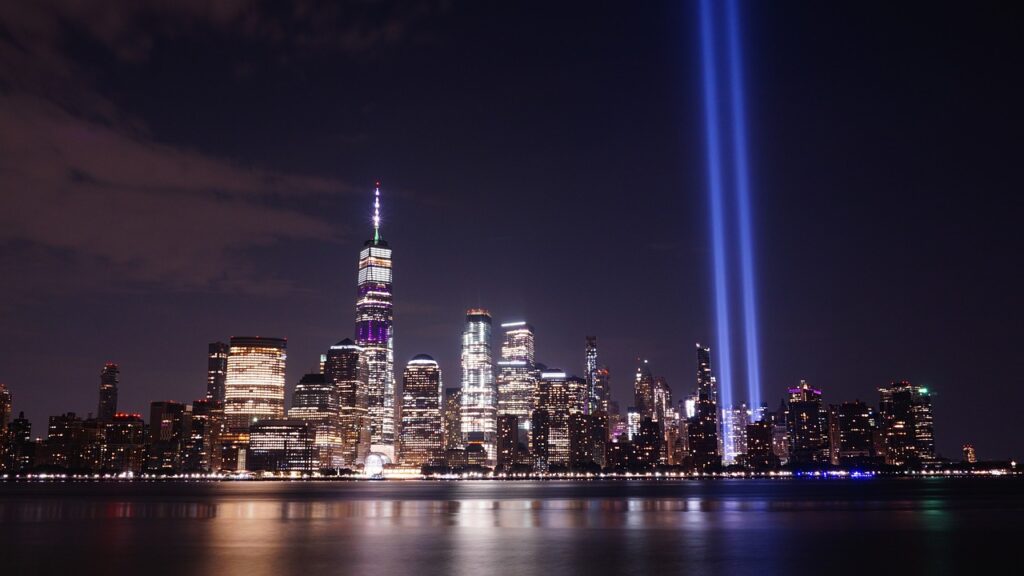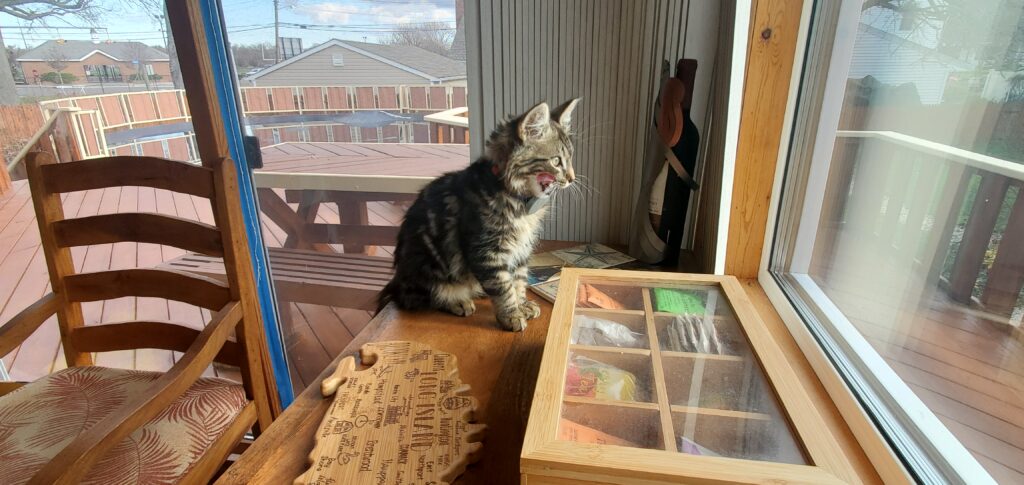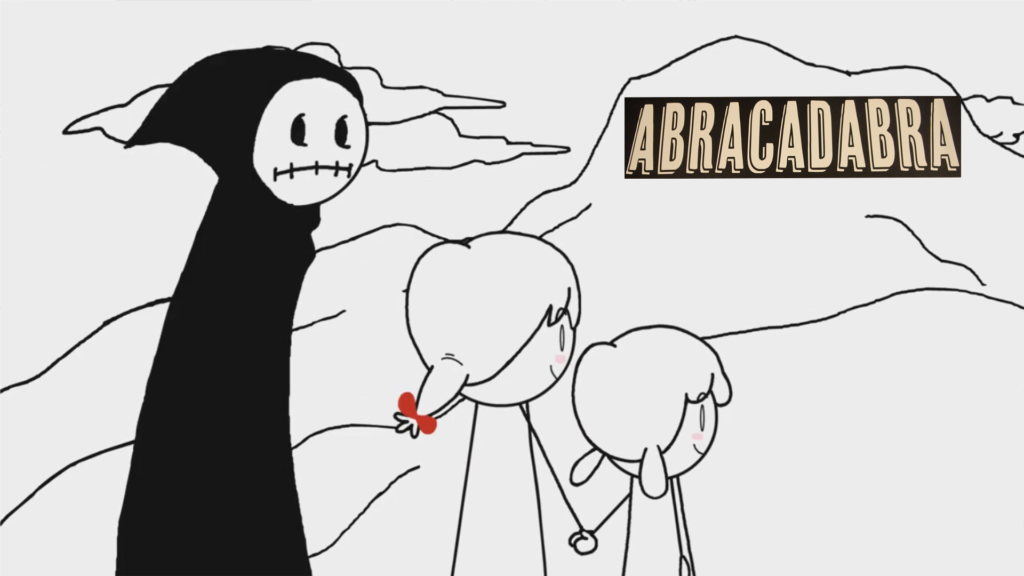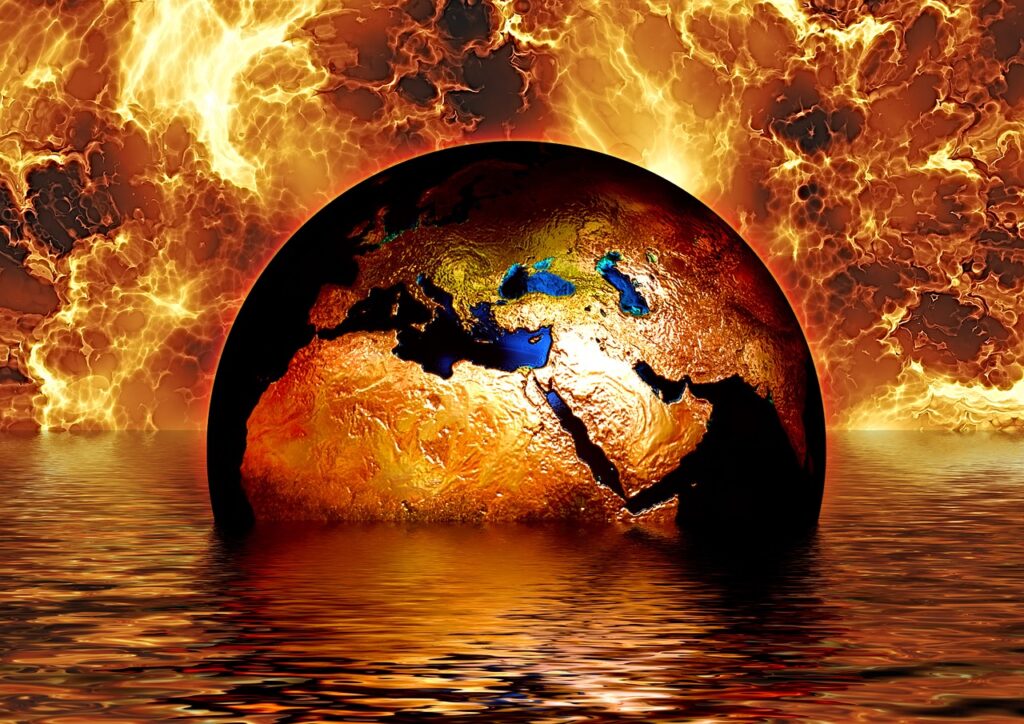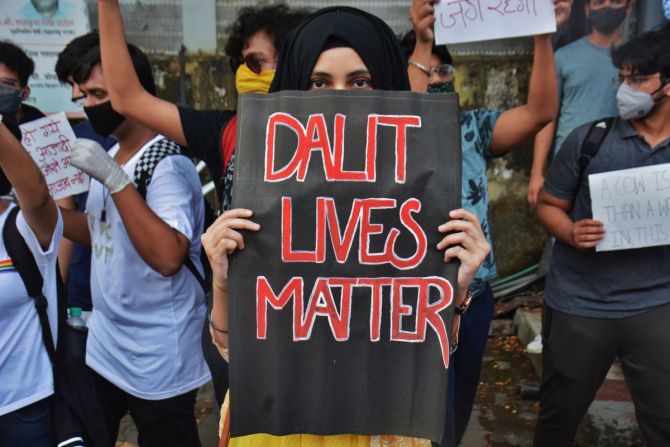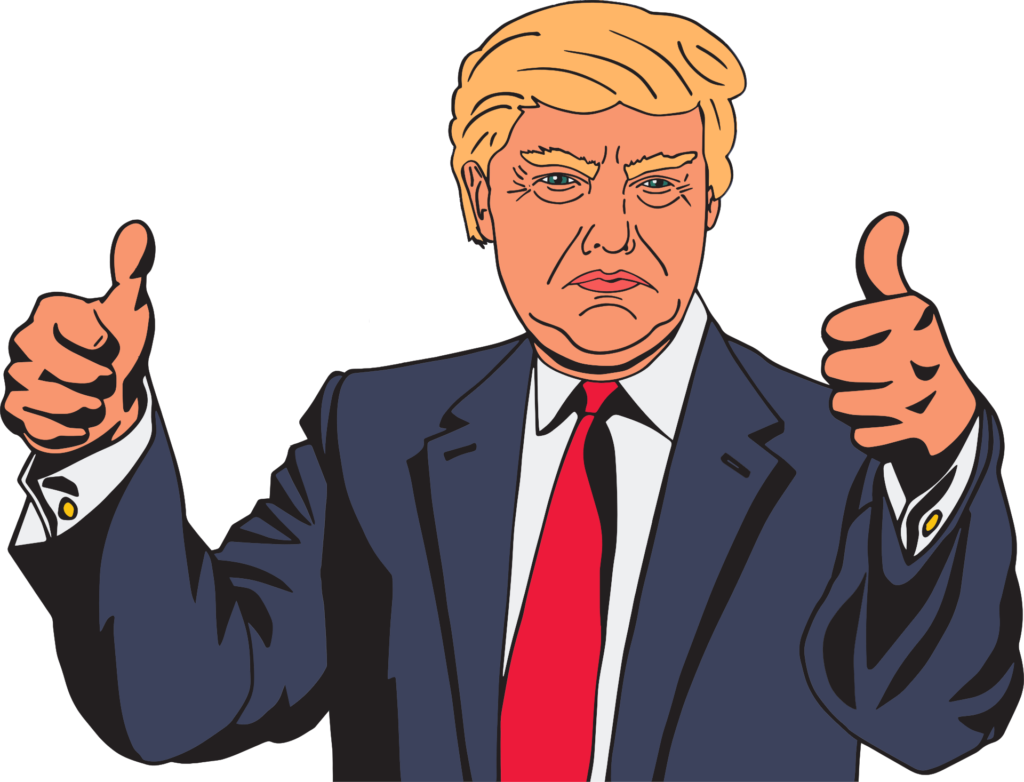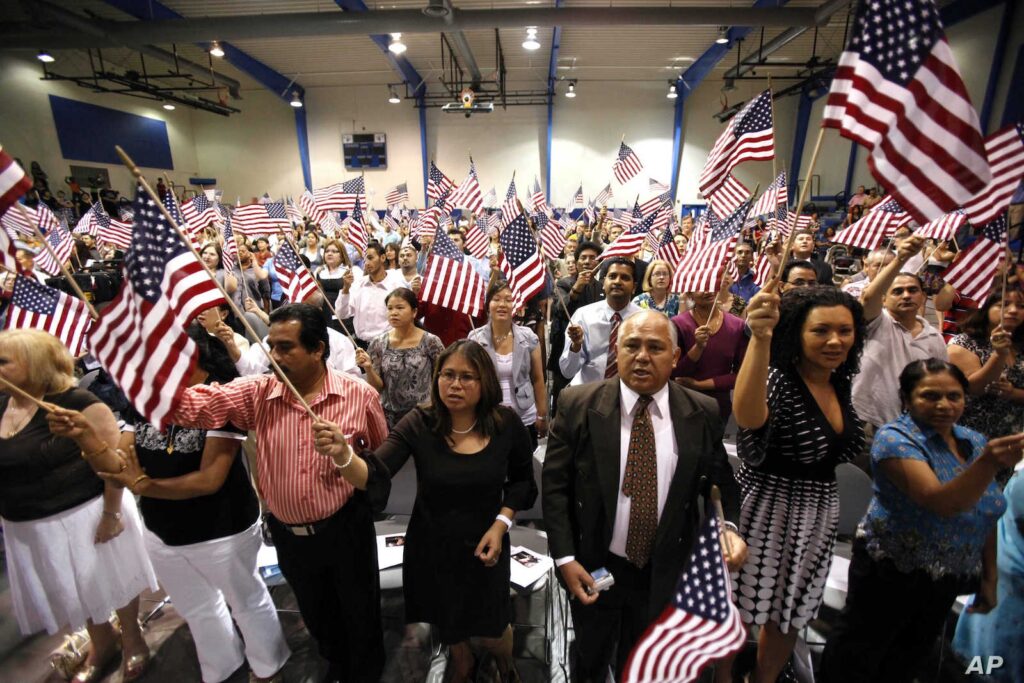“Mere desh ki dharti sona ugle, ugle hire moti, mere desh ki dharti”
(“The soil of my country produces gold, produces diamonds and pearls, this soil of my land”)[1]”
I remember watching the song from the film “Upkaar” by Manoj Kumar on TV when I was a child, growing up in India in the 80s. The hard-working farmer-hero carrying a plough through the fields sings a song that praises the soil of his country – India. All around him, the idyllic life of the village goes on. The movie repeated so many times on TV that we came to know the song by heart. There were two channels on TV in those days – Doordarshan 1 and Doordarshan 2. There was one movie of the week aired on Sunday evenings. I know I must sound ancient to the ears of the youngsters who are growing up in the world of satellite TV, cable TV, continuous access to movie re-runs, 24 hour shows, Youtube, Internet and all the bells and whistles of the modern age of entertainment.
But, my generation grew up on ONE movie aired every Sunday. I loved watching movies. Movies left a deep impact on me. Movies such as Do Bigha Zameen, Saheb bibi gulam, Pyaasa, Guide, Jis desh main ganga behti hai, Mother India, Dharam Putra, Upkaar, Kranti, Aradhana, Gandhi, Akhir Kyo, Arth, Meri Jung, Lamhe and more recently Lagaan, Rang De Basanti, Tarein Zamein par, 3 idiots to name a few. Movies that entertained but also taught invaluable lessons. It was from exceptional movies such as these I learnt what price we paid for our freedom, the value of perseverance, women’s struggle for identity, the meaning of brotherhood, the value of treading on earth gently and tolerance for people who are different than us on surface. Movies taught me to appreciate the beauty of the country we call “Bhaarat- Maa”.
It wasn’t until many years later when I became a film-maker myself and having learnt about cinema from all over the world such as American, Italian, French, Japanese, Spanish etc, I turned to Indian cinema once more, but this time I found something amiss. Yes, there were more and more movies being made and more and more channels to see them on, but I found less and less pleasure in this new found abundance. There were movies galore but most of them mindless, meaningless chatter. It was like munching on fast food constantly but it had no real nutrition for the body or the soul. What had happened?
At about the same time as I started asking these questions, I came across a report which said “Every Thirty Minutes – An Indian Farmer Commits suicide”. I was stunned. Every 30 Minutes? An Indian farmer? Commits Suicide? Why?
Various images conjured up in my mind. Like any other naïve city bred person, I had a perfect picture of a farmer’s life. One principled farmer (Shambhu[2]), with a shy but hard-working wife (Parvati), two children – one boy, one girl, old wise parents, all living on a small plot of land on which they grow food. Food that feeds them as well as feeds India. Shambhu has a pair of bulls that he lovingly calls Raam and Shyaam. The family has a cow named Gaura that gives them plenty of milk for the family and cow dung that Shambhu uses as fertilizer. Shambhu’s life is a hard one for sure but he takes pleasure from this work. This is “his craft”, his family has been doing it for generations. And even though there are occasional ups and downs, especially when the monsoon doesn’t arrive on time, in the end the farmer receives the boon and his perseverance pays off. All is well.
But no where in this rosy picture did I have space for Shambhu to give up and take his own life? That simply can’t be.
I started reading and doing research about what the Center for Human rights & Global Justice, NY School of Law, calls the “Largest wave of recorded Suicides in Human history”[3]. I read about the price the farmers are paying for a more globalized, more modern India. In today’s India, the cost of inputs for a farmer (seeds, fertilizer, pesticide, herbicide) are controlled by multi-national corporations whose single motive is profit for their shareholders. At the same time, with the collapse of price supports from the government, the revenue that the farmer gets is dependent upon the increasingly volatile world food/ commodity index.
Let me explain in lay-women’s terms : Imagine Shambhu at the beginning of the planting season 50 years ago. His cost for seeds is negligible; after all, like his other brethrens, he saves his seeds from season to season. So, he pays nothing for the seed. He has the world’s greatest fertilizer in the form of cow dung. The earth is rich and fertile and if he has to use pesticide, it is mostly made out of natural products. His main cost is labor especially during sowing and harvesting teams. But as a farmer, that does not bother him, he signed up for manual labor. His main worry is monsoon because monsoon is fickle. If he has good monsoon, he will have a plentiful harvest and he will be able to sell it at a decent price. Even if the good harvest causes a sudden surge in the supply of a grain, the government will step in with minimum price supports so that the price of his grain doesn’t fall too far low. If the monsoon fails, he might have a poor harvest. But the government will again step in to provide him some support and if not, the saving from the good years will tide him through the bad ones.
Fast forward 50 years later. Shambhu is told through advertisements and government sponsored programs that he doesn’t bother with saving seeds any more because there are miracle seeds on the market. They are Genetically Modified to create their own pesticide so that each plant cell creates its own poison (yes you read that right..!) so that when pests eat the plant, they drop dead. Indeed, it is being sold as the best thing that could happen to agriculture…! Now, Shambhu is not very literate and he believes what the Government tells him, and pests in his field are a perpetual problem. Removing them is a back-breaking labor intensive exercise. What’s the harm in using the seed that will kill the pests on its own? It does sound miraculous. Of course, there is a catch. This miracle seed comes at a price. Indeed, not just a price. It comes at three times the price, sometimes up to 10 times the price of the non-GM variety[4]. So, Shambhu is skeptical. How will he afford this? But then there is another lure. Besides, the fact that this new seed doesn’t need any pesticide, it also promises to give many times the yield of a regular seed. Of course, it must be planted and raised in the EXACT manner as per the instructions on the seed packet. Shambhu is sold on the idea. The farmer becomes the automaton.
Now, there is the last problem of arranging the money for buying these expensive seeds and all the other inputs it requires – Chemical Fertilizers, Herbicide, and Pesticides. Pesticides you say? We thought the whole point of the GM seed was that it didn’t need pesticides coz it created its own and killed the pests. Yes, yes, but read the fine print. It only kills ONE kind of pest. Do you know how many kinds of pests there are in the field? Tens, even hundreds of pests. So, you need to buy pesticide as well.
Since the government itself is propagating the miracle seed, the bank happily gives loan to Shambhu. Shambhu takes God’s name and plants the miracle seeds. All he has to do is to follow the instructions and he will have a wonderful harvest. With the extra money, he will pay the loan and buy even more seeds and then, the year after, he will be able to buy that new tractor he has dreamed of all his life. Or perhaps send his children to a better school. Or just buy a new Sari for his lovely wife. He dreams…!
There is one problem with this wonderful dream. Shambhu is a cotton farmer in Vidarbha, a particularly drought prone area. There is the single most important instruction on the seed packet, something to the effect of “Plant in irrigated land only”. 65% of India’s cotton farms are rain-fed, without any re-course to irrigation. But, Shambhu doesn’t know that. The instructions on the seed packet are in English. Somehow, the Indian government fails to mention this in their rush to promote GM seeds.
His crops suffer, the yield turns out to be even less than the yield he was used to from his previous seeds. Shambhu is in panic. He is neck deep in loan and he has very little crop to sell. His only hope is some sort of Minimum Support Price (MSP) from government when harvest time comes. But when it is time to sell the harvest, he finds that the price of his crop is no more set by his Government. Instead, it is set by some food exchange somewhere in a place called Chicago where food is a commodity and Economics is God. He also hears that in other rich countries, when the price of food drops below a certain level, their government steps in to support its farmers through subsidies and MSP. But in India, the Government has checked out.
So, Shambhu is a stuck in a new world order. Here, the inputs for his farm are controlled by multi-national conglomerates whose only interest is their bottom-line profit and the output price is set by some alien stock market like exchange system which has no time to concern itself with little problems of little farmers like Shambhu. Welcome, Shambhu, the system is ready to chew you.
While Shambhu is saddled with debts and a bad harvest, a new planting season arrives. Shambhu returns to the bank but now that he is in default of the loan from last year, the bank doesn’t consider him credit worthy and declines his loan application. Instead, it threatens him jail-time, if he doesn’t pay his loan soon. Shambhu has no recourse but to turn to a private money lender, Sukhi Lala[5], a loan shark who willingly provides him loan at usurious interest rates. Sukhi Lala tells Shambhu that he is only doing it as a favor to Shambhu and that he better make sure he pays back with full interest next year. Sukhi Lala reminds him that Shambhu’s only asset is his 2 acres of land and Sukhi Lala will hate to see him lose it. You get my point.
The cost of inputs has gone up this year – inflation. Shambhu can’t replant any of the GM seeds because they are hybrids and can only be used once. And even if he could, he better not re-plant them or he can soon find himself in a patent infringement case (More about this in another blog. Such cases are quite the norm in America. For the brave-hearted and genuinely interested, read Monsanto vs. US Farmers, Center For Food Safety[6])
The cycle continues – another year of costly seeds, expensive fertilizer, exorbitant pesticides. And little rain. Another poor harvest. Chicago Commodity Exchange, Lack of Minimum Support Price. Desperation.
Sukhi Lala tells Shambhu that his land will be confiscated since he hasn’t been able to repay the loan. Shambhu is devastated. He is penniless, his crop is lost, his nameless pair of bulls and his one cow are all but emaciated. Nameless bulls and cow, you ask? Aren’t they called Raam, Shyaam and Gaura? No, silly. That was 50 years ago. In the new India, Shambhu doesn’t name his livestock. Naming an animal makes the relationship with it more personal and he can’t afford to get attached to an animal that he may need to sell anytime to feed his family. Indeed, one day Shambhu is not vigilant and one of his bulls grazes on the leaves of GM Cotton, and dies within a few days[7]. He has no money to buy another bull or buy feed for his remaining livestock. His family is going hungry and the land that has been in his family for generations is going to be sold on his watch. He sees himself as a failure. He doesn’t understand that the system has no more use for him and so it has spit him out. The only thing left for him to do is open the expensive bottle of pesticide and gulp it down his throat. The pain is extreme, and it lasts for a few hours. But then, its quiet and he is finally at rest. Until of course, the police seize his body for Autopsy. You have already seen the state of the Autopsy Center where his body is taken [8]. What happens to his body during Autopsy, is better left unsaid; we can imagine enough from this video. But the state of the Autopsy Lab is just a symptom of a much larger disease; a system that has been designed, whether purposefully or not, to give the exact results that it’s delivering.
Over the past few years, there has been quite a bit of hue and cry over Shambhu’s and other farmers suicides. Indian government says that it does occasionally provide debt relief to the farmers such as the Agricultural Debt Waiver and Debt Relief Scheme enacted by the Finance Minister in 2008. But there are way too many shortcomings in the relief package, one of them being it provides no debt relief to the farmer who got his loan from the private moneylender.[9]
In 2008, UN Human rights Council called India’s attention to the suicides of Indian farmers as a Human Rights Issue. This is how India responded:
“[Other countries] had referred to India’s phenomenal growth but rightly raised questions about whether this was an all inclusive growth and if the gulf between the rich and poor is not growing. This is one of the greatest concerns of India and every effort is made to ensure there is no disparity between the rich and the poor. Recently, in the budget presented by the Finance Minister,India decided to write off US$15 billion worth of farmers’ debt. This is one of the largest schemes undertaken by any government to promote the welfare of its farmers. However, this was not a one-time exercise. India is committed to make sustained efforts and coordinated programmes.”
One can’t help but be startled by the numbers. But it doesn’t take much to put the numbers in perspective. In comparison to the US$15 billion farmers’ debt waiver once in 2008, the Indian government has written off a total of US$84 billion in corporate income taxes since 2005. [10]
Another thing we constantly hear from the government is its insistence on high-tech GM food, even though it has devastated too many farmers. The argument is that India can’t feed it’s own people through traditional means, that small farmers can’t feed the world, is almost saying that farmer suicides are collateral damage that a society must pay in order to modernize the way we farm. Yet, if we just scratch below the surface we would learn that the world currently produces enough to feed itself. According to the Food and Agricultural Organization of the United Nations (FAO), “with record grain harvests in 2007, there is more than enough food in the world to feed everyone—at least 1.5 times current demand. In fact, over the last 20 years, food production has risen steadily at over 2.0% a year, while the rate of population growth has dropped to 1.14% a year. Population is not outstripping food supply.”[11]. And so, who is producing all this food? Does it surprise you to know that most of it is produced by small farmers? Indeed a half-billion small-farm families grow 70 percent of the world’s food[12]. And after 30 years of side-by-side research, Rodale Institute has demonstrated that organic farming is better equipped to feed us than conventional farming while doing it sustainably[13]. This is corroborated by United Nations Conference on Trade and Development (UNCTAD) research that shows, in developing countries, organic agriculture can outperform conventional and traditional systems in terms of yields, cost-effectiveness and diversity[14]. If we listen to our instincts, we would say we knew it all along. We never dreamed or asked that our food should be produced by using uber-scientific patented seeds that create poison in each cell, are thirsty for water, hungry for chemicals and destroy the fertility of the land. Instead, most of our food can and is produced through farmers saving and sharing seeds, using natural inputs, working with nature and building upon their great heritage and common knowledge of farming that has evolved over thousands of years. Yet, many of these farmers are so poor, that they are priced out of the market and can’t afford to eat the food they themselves produce. And to add insult to injury, many GM seed companies approach these very same farmers (and tribals) to learn about their native knowledge of seeds and then patent that knowledge by re-creating that DNA in the lab.[15] That’s a different topic, although as John Muir; the famous Environmentalist said, “Tug on anything at all and you’ll find it connected to everything else in the universe” .
So, now we know that when we are told that high tech food & farmer suicides are simply the price that a society pays for globalization, for having a richer middle class, for industrialization, for modernity, for survival, we know that those are buzz words created to put wool over our eyes, and GM oil in our mouths. By the way, did you know that one of the by-products of GM Cotton in Indiais cotton seed oil that Indians eat every day? A significant portion of crushed Bt Cotton kernels are consumed either as edible oil or mixed with other oils for direct human consumption in India.[16] You didn’t know you were eating it? It wasn’t labeled, right?[17] And even if it was labeled, do you feel informed enough to make a decision? Did you ever hear of an independent health study done about the long term consequences of eating GM food? I didn’t either.
And while we are open to listening to some facts, let’s throw this in. About one-third of the food produced is wasted or lost every year[18]. Think about it: ONE-THIRD. Add to it the fact, that animal farms use nearly 40 percent of the world’s total grain production[19] Those food grains can be fed to people. So, next time you order more than you can possibly eat & waste it, or think that eating non-veg is the ultimate sign of luxury, know this: Someone somewhere is paying for it, dearly, and perhaps with their lives.
60 years after Lal Bahaadur Shastri gave India the slogan “Jai Jawaan, Jai Kisaan”, India has all but forgotten its farmers. They are being pushed to the brink of desperation, to the brink of their lands, to their very lives. And we are all complicit in this negligence, especially the clan I belong to – the artists and the media.
Don’t believe me? Just try to count how many movies have you watched in the last 15 years about farmers? Yes, there was Lagaan (but it was also about Cricket and the British and we couldn’t possibly miss such a potent combination) and then, the daring “Peepli Live”. And what else? Which other film even remotely referred to the problems suffered by the hands that feed us? And if it did, would we watch it? Or would we rather not be disturbed by the mundane & sad issues that plague some little farmer in some remote corner of India?
If you are still with me at the end of this post, I am grateful for your time. And I know you want to make a change. Learn the facts. Dig Deep. Go behind the chatter. Start right where you are. Make noise. Shout. On behalf of yourself and your loved ones. On behalf of people who have no more voice, whose voice has been silenced. Shout for Shambhu.
— Swati Srivastava is a film-maker who believes artists have a special responsibility towards the world and that films can be instruments of mass construction. She is currently making a film about farmer suicides. If you are interested in knowing more and/ or would like to invest/ provide funding for the film, please contact Swati.
References:
[1] Translation – “The soil of my country produces gold, produces diamonds and pearls, this soil of my land” Courtesy – Film “Upkaar” by Manoj Kumar
[2] Courtesy — Film “Do Bigha Zameen” by Bimal Roy
[3] Every Thirty Minutes – Farmer Suicides, Human rights, and the Agrarian Crisis of India – CHR & GJ New York School of Law http://www.chrgj.org/publications/docs/every30min.pdf
[4] Bt Cotton in Andhra Pradesh – A three Year Assessment by Abdul Qayum and Kiran Sakkharihttp://www.grain.org/system/old/research_files/BT_Cotton_-_A_three_year_report.pdf
[5] Courtesy – Film “Mother India” by Mehboob Khan
[6] Monanto vs. US Farmers – Center for Food Safety –http://www.centerforfoodsafety.org/pubs/CFSMOnsantovsFarmerReport1.13.05.pdf
[7] Bt cotton and livestock: health impacts – Dr Sagari R Ramdas (paper) http://www.gmwatch.eu/latest-listing/1-news-items/11872-bt-cotton-and-livestock-health-impacts-dr-sagari-r-ramdas
[8] This is THE END http://www.youtube.com/watch?v=xHGDSgan1gU&feature=plcp
[9] Every Thirty Minutes – Farmer Suicides, Human rights, and the Agrarian Crisis of India – CHR & GJ New York School of Law http://www.chrgj.org/publications/docs/every30min.pdf
[10] Every Thirty Minutes – Farmer Suicides, Human rights, and the Agrarian Crisis of India – CHR & GJ New York School of Law http://www.chrgj.org/publications/docs/every30min.pdf
[11] Eric Holt-Giménez and Loren Peabody, From Food Rebellions to Food Sovereignty: Urgent call to fix a broken food system
[12] Francis Moore Lappe – The Food Movement: Its Power and Possibilities
[13] Farming Systems Trial – Celebrating 30 years by Rodale Institute
[14] Organic Agriculture and its Benefits – UNCTAD http://archive.unctad.org/Templates/Page.asp?intItemID=4281&lang=1
[15] India slams Monsanto with un-precedented Bio-Piracy charges http://naturalsociety.com/india-slams-monsanto-with-unprecedented-biopiracy-charges/
[16] Celebrating 10 years – Bt Cotton in India A multipurpose crop
[17] Although this may begin to change if / when India mandates labeling of GM ingredients in packaged foods.http://timesofindia.indiatimes.com/business/india-business/Government-makes-genetically-modified-tag-must-from-January/articleshow/13915130.cms
[18] FAO Report – Global Food Losses and Food Waste
[19] Vandana Shiva – Stolen Harvest
